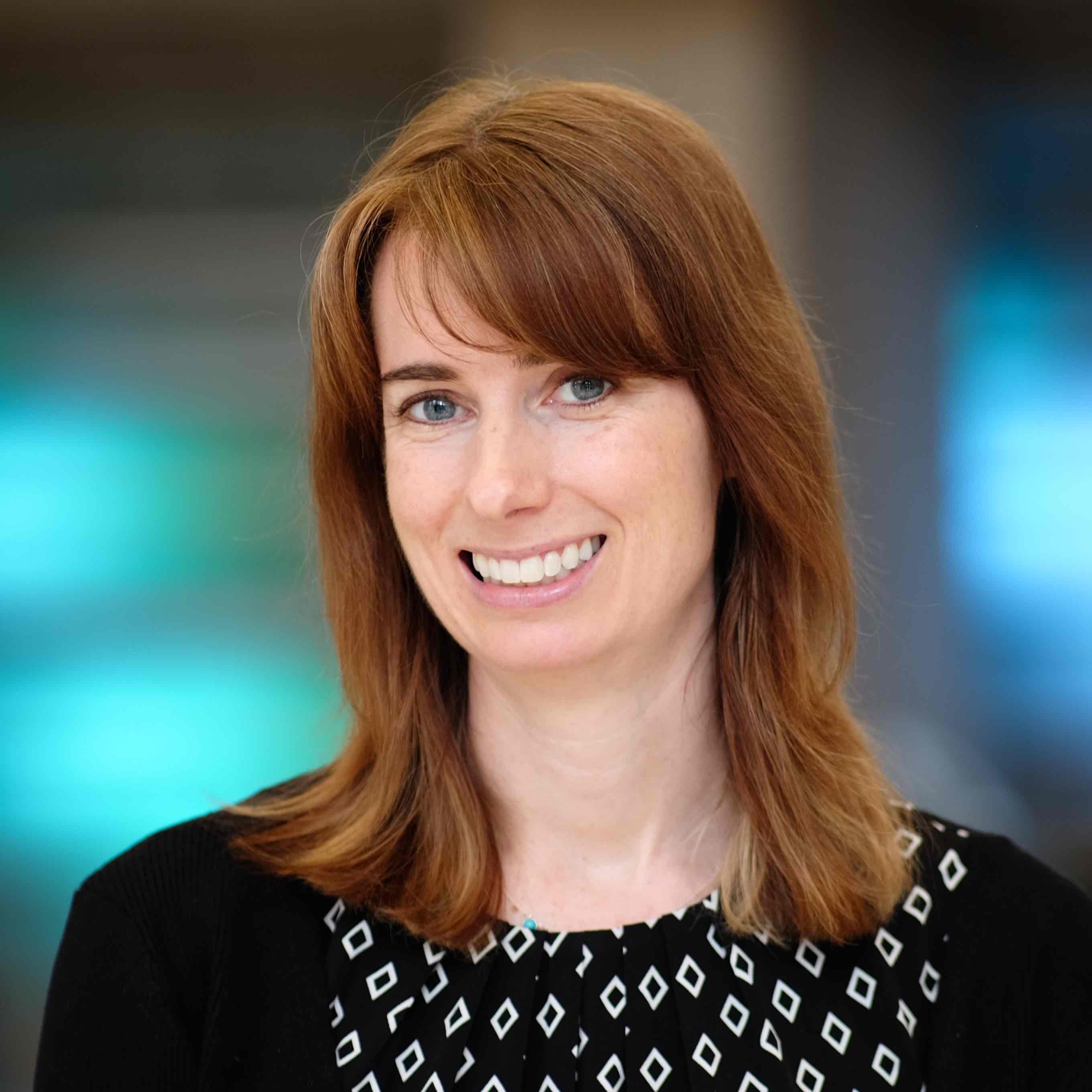
Briony Swire-Thompson is the director of the Psychology of Misinformation Lab and faculty at the Network Science Institute. Her research investigates what drives belief in inaccurate information and how these insights can be leveraged to provide effective corrections. We asked her a few questions about her experiences at NetSI to highlight her contributions and get a look into how NetSI supports their up and coming faculty.
Q: What did you learn from working on "Supersharers of fake news on Twitter"? What would you follow up on?
A: We found that supersharers were more likely to be older adults, women, and Republicans. I would follow up on the motives for why supersharers share misinformation online: Are they trying to misinform others? Are they aware that the misinformation is inaccurate?
Q: What are some things that you’ve accomplished at NetSI that you’re especially proud of?
A: I’m proud of winning my NIH Pathway to Independence award to study cancer misinformation online. It’s a fantastic mechanism that helps early career researchers launch an independent program of research. If anyone is interested in applying, come talk to me!
Q: How has the institute supported you throughout your time here?
A: The Institute has supported me in all possible ways: financially, intellectually, through David’s supervision, fostering brilliant collaborations, sponsoring visas, supporting grant applications. Plus, it’s incredibly unique to be able to show up to a workplace where everyone is doing tremendously exciting research.
Q: What is the project that you’re most excited about in the near future?
A: I’m excited for a project examining why older adults share disproportionately more misinformation on social media. Is it digital literacy, cognitive decline (if so, is it poor working memory or inhibitory control), partisanship, education, loneliness, etc.?
Thanks Briony for the valuable insights! Click here to learn more about Briony and her research.



